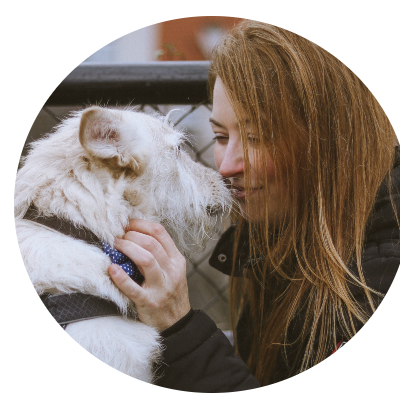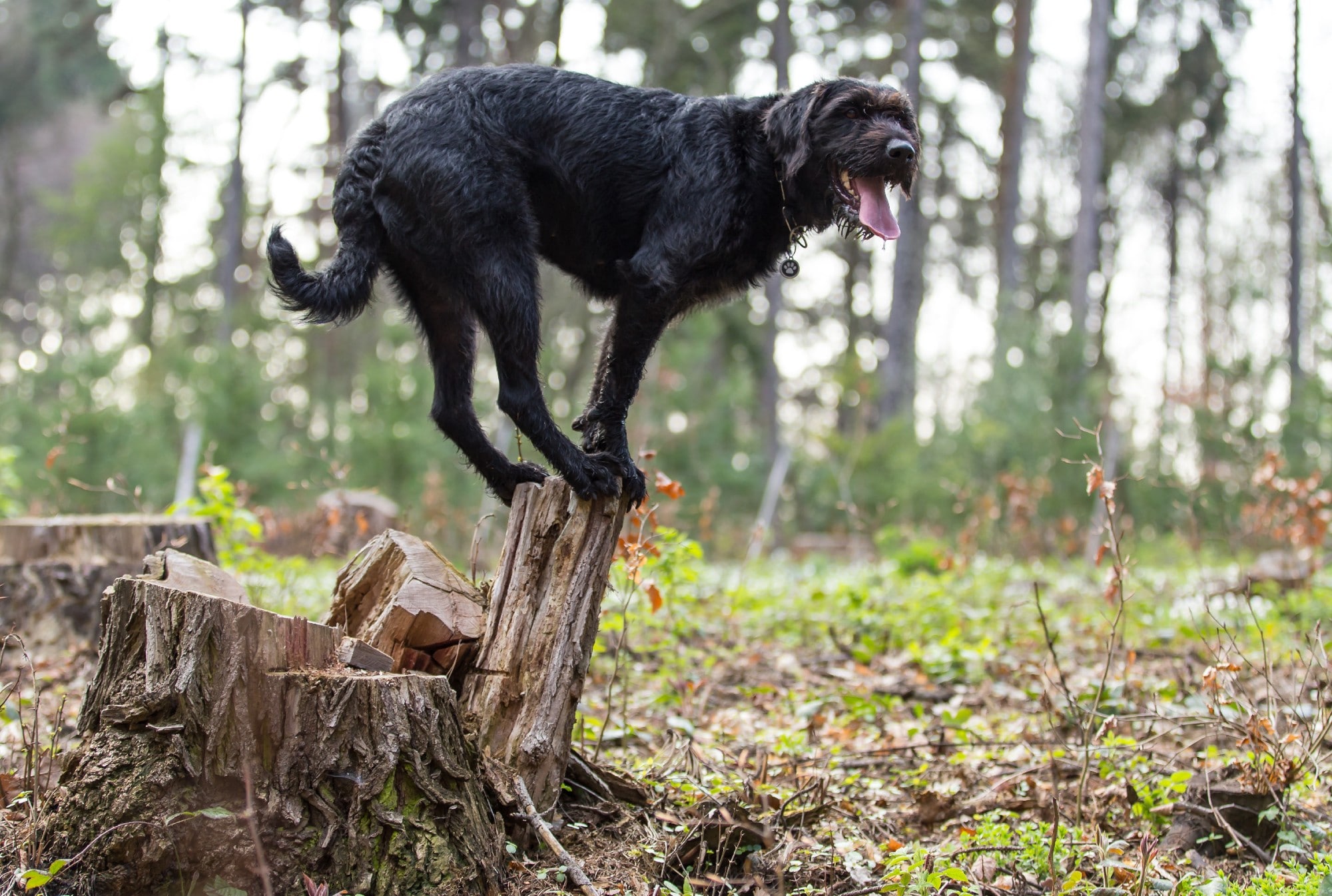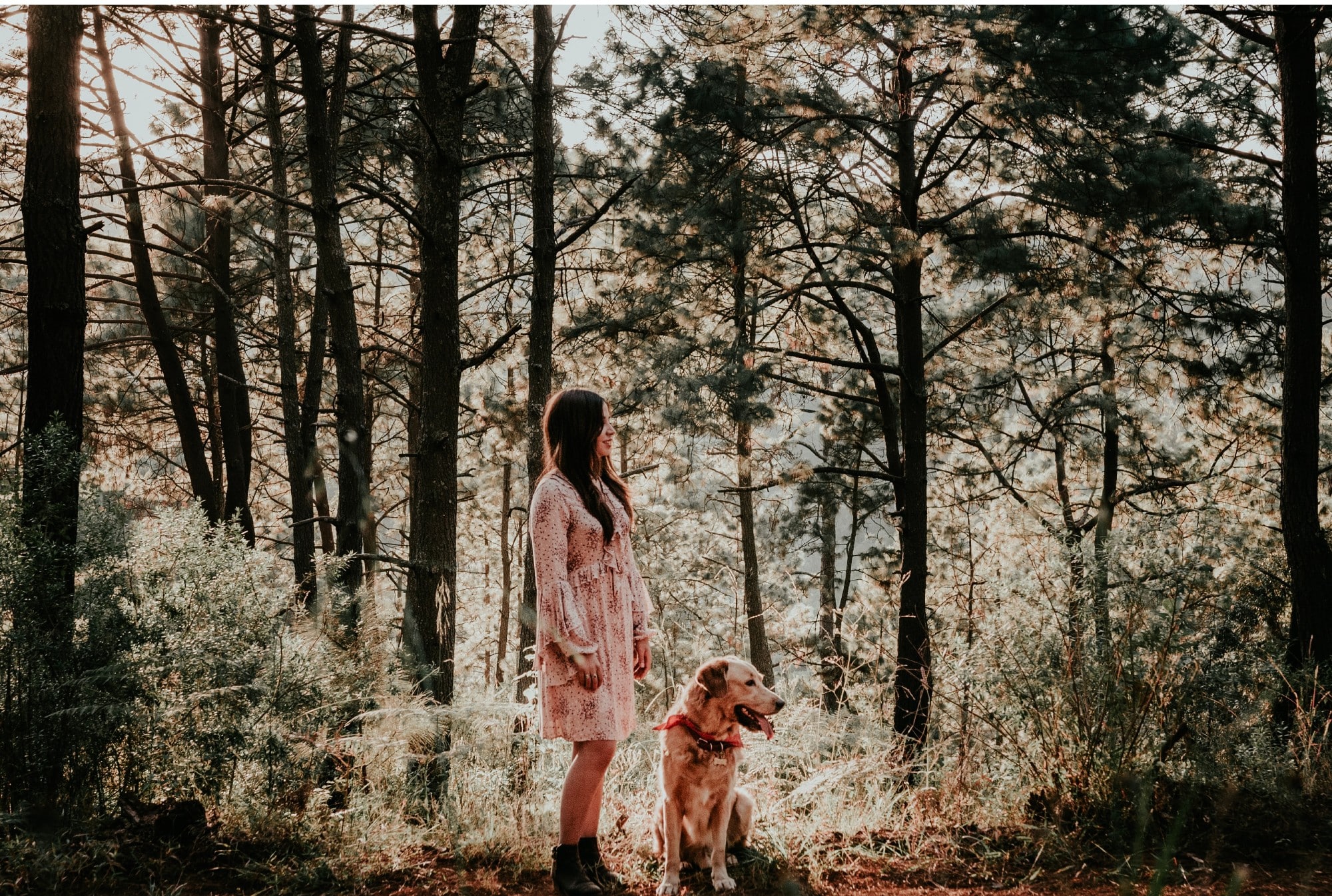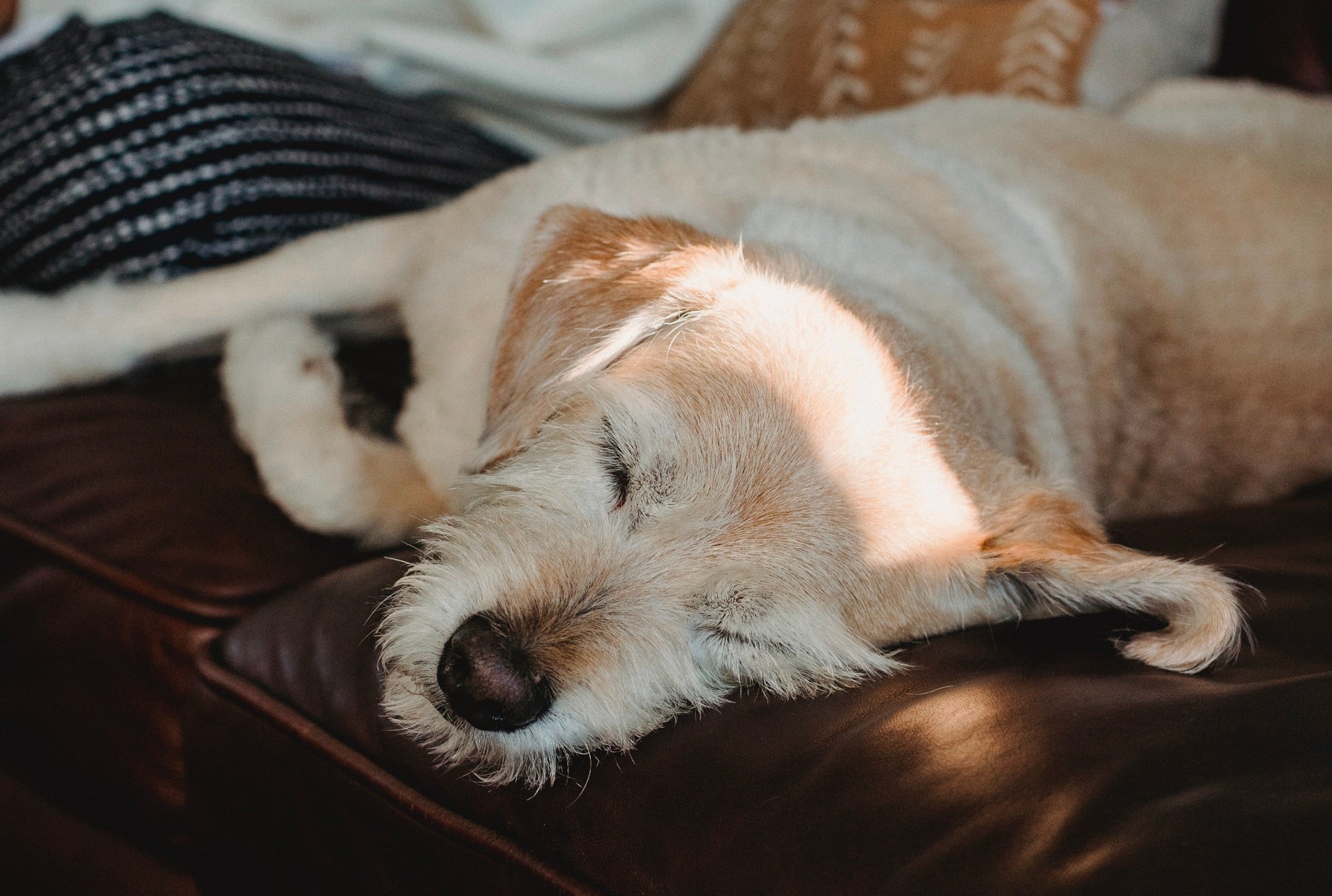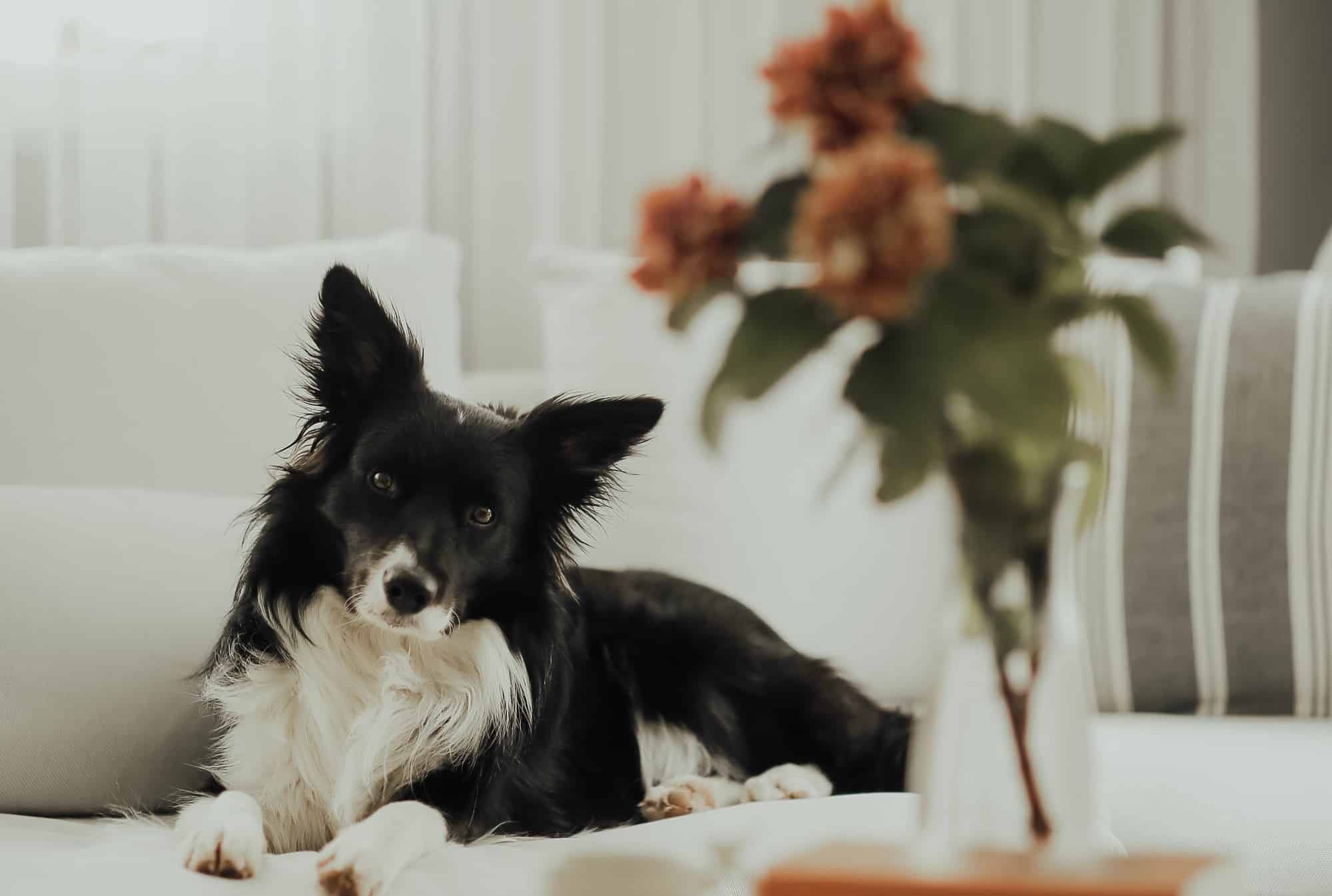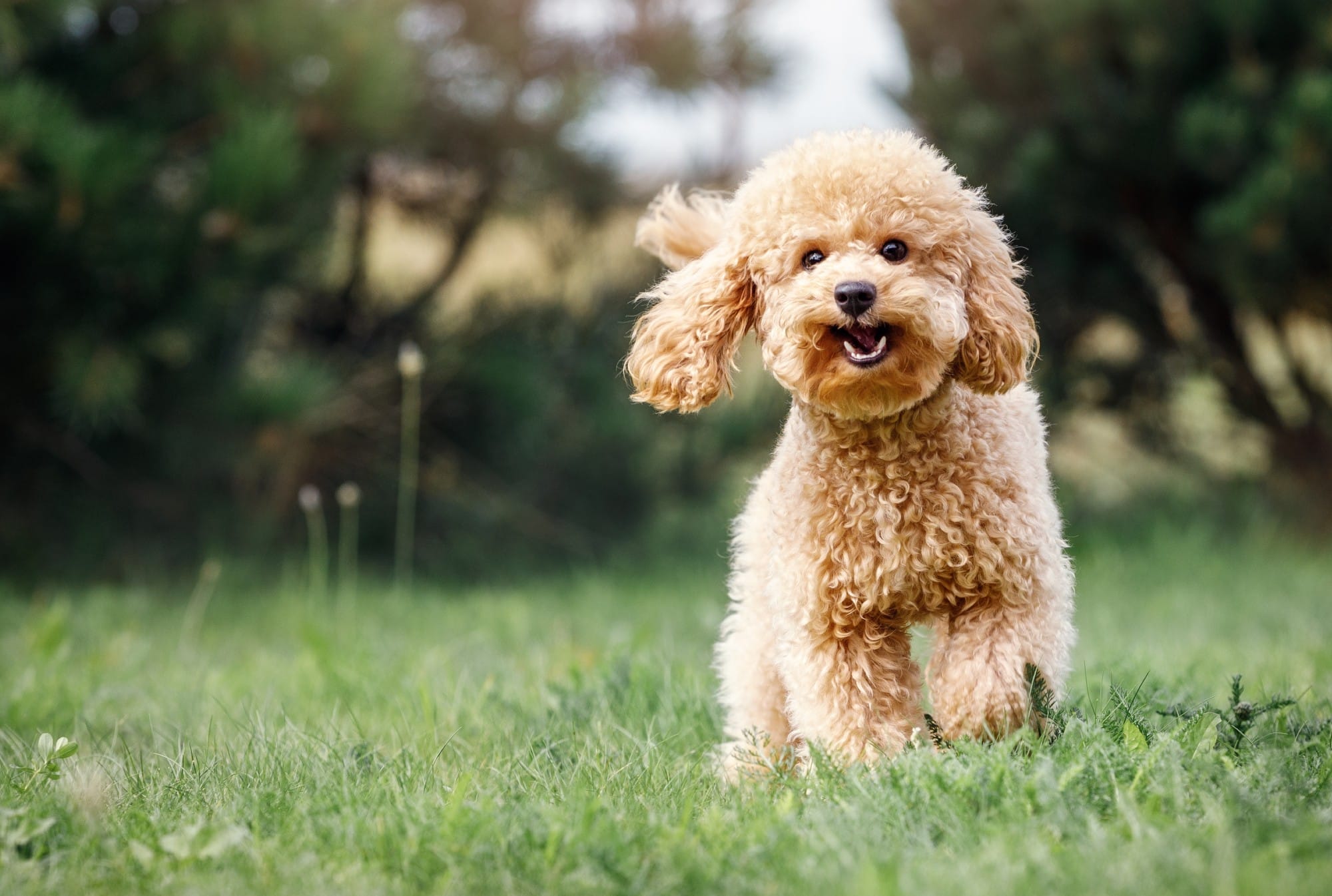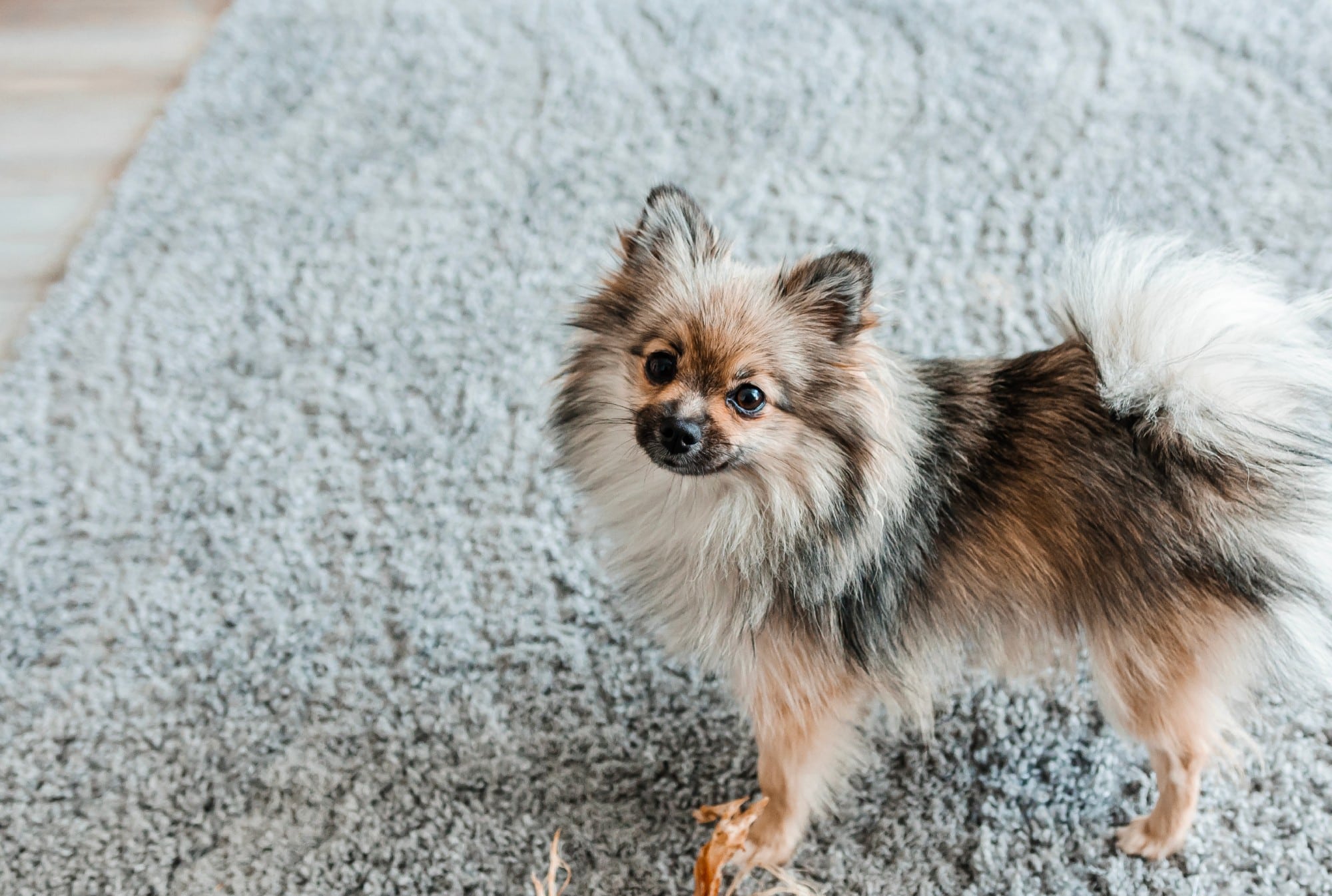If you live in an urban area, you may have seen people jumping off railings, climbing walls, and running down stairs in a sort of urban obstacle competition. They may have been doing parkour, a discipline that focuses on getting from one point to another (e.g. one railing to the next) using just your body. Well, now dogs are joining in, too.
Canine parkour — sometimes also referred to as “urban agility” — is a somewhat new dog activity that focuses on learning to navigate the world in new and creative ways. It can be done anywhere using the elements in the space for balancing, jumping, crawling, climbing, and more.
“Canine parkour is a great way to build confidence in dogs, develop strength and fitness, boost focus and engagement, while giving your dog an energetic outlet,” says dog trainer and behavior counselor Jennifer Malawey.
A very advance parkour dogRelated: What’s the Elevator Game? Here’s Why You Need to Teach Your Dog It.
Plus, Malawey adds the beauty of dog parkour is that it is accessible to every dog-human team. “The obstacles you select and the environments that you work in may change based on your dog’s age, size, fitness level, and confidence so that anyone can participate and enjoy the benefits,” she says.
How Exactly Do You Get Started in Dog Parkour?
One of the beauties of canine parkour is that it can be done both outdoors and inside. Anna Ostroff, group class manager and behavior therapy trainer at School For The Dogs, says “barkour” (the school’s own version of parkour for dogs) is excellent for city living.
“If you don’t have a lot of space, you can use at-home obstacles, such as chairs, ottomans, foam rollers, and laundry baskets,” she says. “If you were transferring these same concepts to outside you might be using things like park benches, low flowerbed fences, traffic cones … we even have used empty city-bike stations as weave poles.”
Whatever you do, always start with the basics and seek out a trainer to get started. Using positive reinforcement, Malawey suggests teaching your dog cues for two-paws-on or four-paws-on, focusing on going in, around, under, over, and through elements. “Ask your dog to interact with safe, found obstacles, such as stones, logs, curbs, benches, posts, and trees,” Malawey says. “Once you get going, you’ll start to see the world through a new lens, identifying more creative uses for everyday objects.”
Related: Petiquette 101: What to Do if Your Dog Destroys Someone Else’s Home
Benefits of Dog Parkour
Parkour is as much physical exercises as it is mental enrichment for our dogs, according to Ostroff. “In ‘barkour’ classes we not only help dogs build core and balancing muscle groups, but we are also working on cue differentiation — over vs. under, up vs. off — and overall body awareness,” she adds.
By redirecting dogs’ focus, parkour can help pull attention away from potential triggers, according to Malawey. “This can help reduce reactivity and hypervigilance, cut down on leash pulling, and encourage your dog to engage with you and pay closer attention.”
Moving to a More Advanced Level of Dog Parkour
When your dog has a really solid foundation of the basics, you can advance by choosing more challenging obstacles. “For example, look for objects that are smaller, taller, narrower, have different surface texture, or move when touched,” Malawey says. “You can also teach more challenging behaviors like pivots, gap jumps, and emergency stops, and you can combine behaviors to create new and longer sequences.”
Ostroff says it’s always important you go at every dog’s individual pace. “It is important that training is always fun for the learner and that we are setting their environment up for success,” she says.
Is Parkour For Every Dog?
While modifications may need to be made for size, body shape, or health restrictions, Ostroff says almost any dog can enjoy the sport within their own limitations. “We are particularly careful with younger dogs who are not yet full grown, as you do need to be cautious about too much impact on growth plates,” Ostroff explains. “If we have a dog with an injury of any kind, or with any kind of health restriction, we work closely with clients to modify for their dogs’ needs.”
Malawey adds that official safety guidelines should always be observed, and you should use common sense to decide the height and type of obstacle you’re using during training.
“Certain parkour behaviors or obstacles should not be used unless the dog is fit, athletic, confident, body aware, and has confirmed growth plate closure,” Malawey says, who adds one of the core principles of parkour is always allowing your dog to choose. “Parkour is a great way to help fearful dogs gain confidence, as long as we always allow them to choose and do not pressure them.”
Finally, if there are questions or concerns about specific physical limitations of your own dog, Ostroff says you should always consult with a vet before beginning anything too exerting.
Related: 5 of the Most Common Mistakes First-Time Dog Owners Make, According to an Expert












